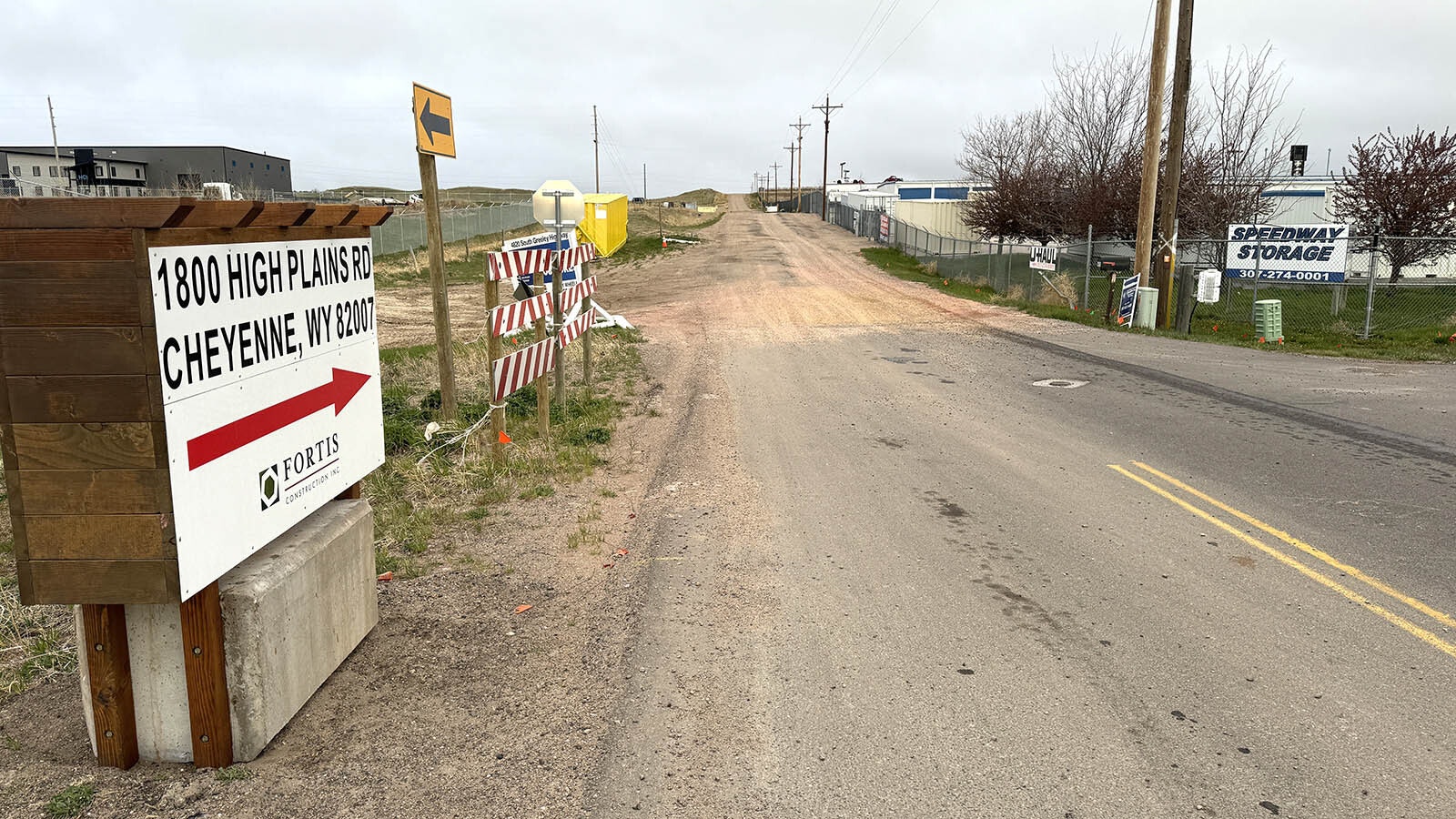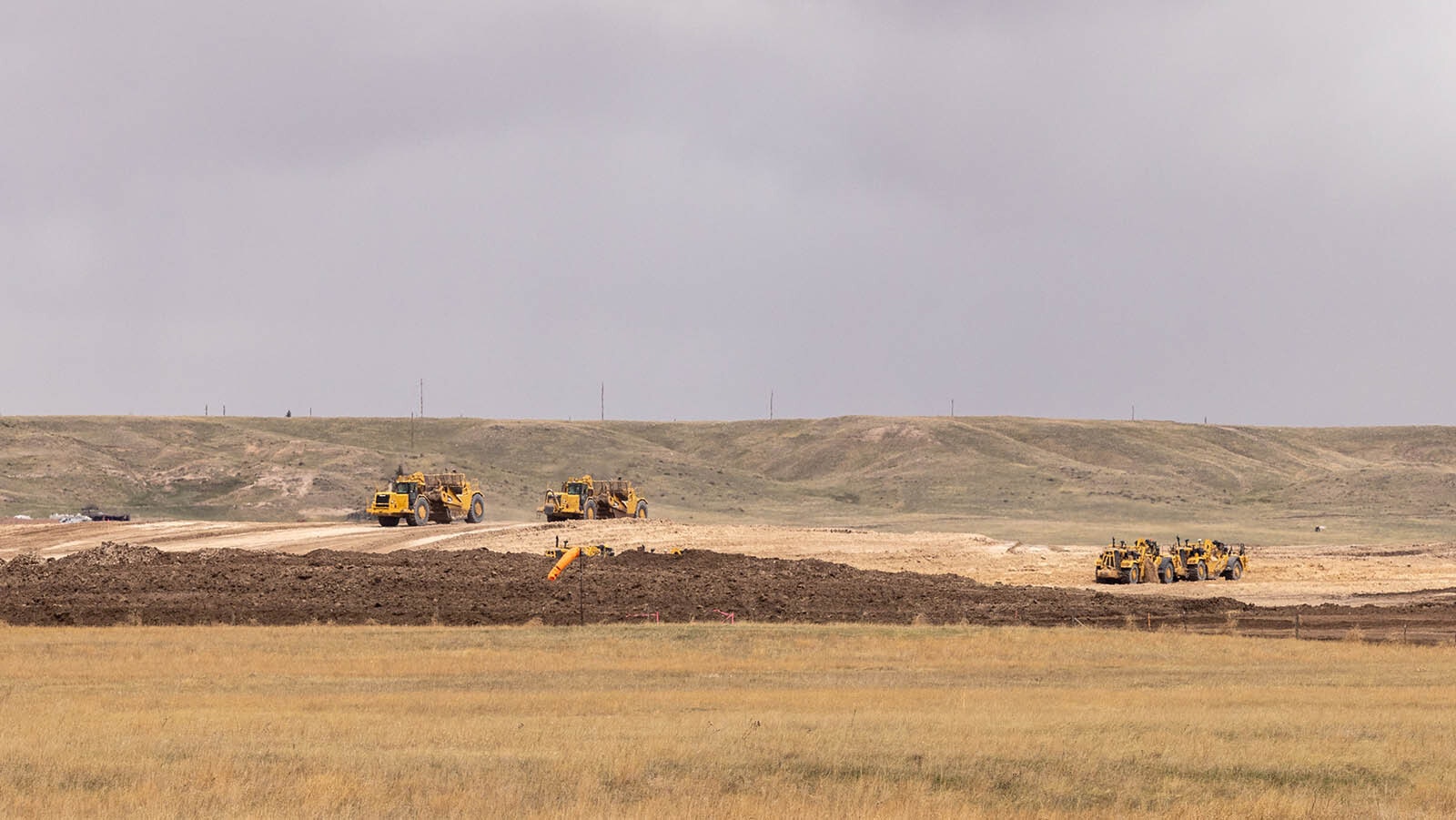Is the nation’s next major data center in Cheyenne?
A large logistics company headquartered in Tennessee, which is part of the Data Center Construction Alliance, seems to think so.
The company is called the Prolift Rigging Co. It lists 16 offices across the nation at its website, including the forthcoming Cheyenne office, which is listed as 1603 Capitol Ave., Suite 413 in Cheyenne.
In addition to opening a Cheyenne office, the company recently touted the city’s virtues for data centers in a New York-based publication called the University Herald, which provides articles to colleges and universities across the nation. Many colleges and higher learning institutions do have data centers for their research departments.
Prolift Rigging did not respond to Cowboy State Daily’s inquiries for more details on its plans in Wyoming, but in the University Herald article, the company described Cheyenne as a “premier” destination for data centers, with its combination of “geographic stability, economic incentives, and state-of-the-art infrastructure.”
That combines with a naturally cool climate, making it “an ideal location,” with all-important access to reliable power sources, including renewables, ensuring “sustainable and cost-effective operations.”
“High-speed connectivity and business-friendly policies further enhance its appeal, attracting major industry players,” the company wrote. “Cheyenne remains at the forefront of the data center industry, with ongoing investments in cutting-edge technology and infrastructure.”
More Data Centers Were Already On The Way
Mayor Patrick Collins told Cowboy State Daily that he had not heard of Prolift Rigging’s decision to open an office in the Cheyenne market, but he wasn’t surprised about the glowing descriptions of Cheyenne as a data center heaven.
The city’s first major data center was Microsoft, which chose to locate in Cheyenne about 20 years ago, and interest from data centers hasn’t stopped since. The most recent data center announcement was for Meta, which is bringing a sprawling data center online within the next three years.
“Just this last week, I met with two more data center companies — not Microsoft and not Meta — who are looking at Cheyenne for very significant investments in building data centers,” Collins said. “And so, I think Cheyenne’s future is really large. I think we are going to see a lot of investment in this type of industry.”
Collins pointed to something that Prolift Rigging actually didn’t spell out in its article as an advantage Cheyenne has. Its position along the I-80 corridor, along which runs a major Internet backbone.
“That runs along the right of way of the Union Pacific Railroad,” Collins said. “So, it’s literally right here. And when you take all of the advantages that Cheyenne has — you have the backbone right here, the latency is improved, the performance is improved — it really makes it a great place for them to do business.”
Wyoming has also built on its natural attributes and its position near a major fiber optic line by creating a regulatory framework for digital asset businesses, which include bitcoin miners, cryptocurrency, and other such businesses.
Microsoft Was The Gateway
Collins said he felt that Cheyenne is ready for an explosion of data centers, if that’s what the new Prolift Rigging office heralds, and credited a variety of partners, ranging from utility company Black Hills Electric to Cheyenne LEADS, a private non-profit corporation focused on economic development in Cheyenne and Laramie County.
Cheyenne LEADS CEO Betsey Hale told Cowboy State Daily that it took more than just the presence of the Internet backbone in Cheyenne to attract Microsoft and other data centers. She credits a number of things, but among the most key was Wyoming lawmakers’ thoughtful approach to data center incentives. Lawmakers provided an exemption on sales tax for the replacement costs of new servers. That’s critical, Hale said, because data center servers must typically be replaced every three years, and they cost more than the buildings that house them.
“They pay sales taxes on everything else except the servers,” Hale added. “And 42 other states give these same incentives, so we have to have that (to be competitive).”
Data centers can also qualify for a cost reduction grant for a portion of their utility costs.
Microsoft, Cheyenne’s first data center, also received a key, business-ready matching grant from the Wyoming Business Council that helped the city build the business park where Microsoft is located.
“We needed a business park anyway, so it wasn’t just an incentive for Microsoft,” she added.
The return on investment for the land that was given to Microsoft and the business-ready grant are returning $35.70 in tax revenue for each public dollar expended, according to a study the city conducted, Hale said. That’s money that can, in turn, be used to fund services like schools, roads, law enforcement, and other programs for the public.
Adequate Power, Housing Could Become Headwinds
Getting that first large data center has proven to be a door for many others, including the recently announced Meta. But not all of the data centers have been mega-sized. Some have been much smaller, though still significant investments. They include digital consultant Lunavi, ANB Bank, and global satellite communications company EchoStar’s dish network. The investments have added up, though, and have had huge ripple effects for the overall Cheyenne economy.
“Those companies collectively have invested $3.1 billion in projects since 2012,” Hale said. “And we haven’t given incentives to all of them. Microsoft did receive it to start the economy, but these others have come on their own.”
Hale likens it to priming a pump. Once one large data center sees the environment it wants, a whole host of them can’t help but see the same thing.
Keeping the doors open to data centers is going to be a challenge not just for Cheyenne, but the state, Cheyenne Chamber President and CEO Dale Steenbergen told Cowboy State Daily.
A single large data center can take as much power as an individual city, Steenbergen said. Artificial Intelligence centers, meanwhile, have been estimated by some analysts to require as much as 10 times more power for a single query, as compared to a single Google search query.
“With AI coming online from a national standpoint, we’re worried about the fact that the demand for electricity over the next five years is going to go up about 50%,” he said. “And I don’t know of a single state that thinks they have the ability to solve that.”
Wyoming, though, is better positioned than some to solve it, Steenbergen added.
“We do have power to sell,” he said. “We have had, in the past and still do, transmission and other concerns, but I do think we live in an environment where we’re moving forward with solar power, wind power, and nuclear power plants. So, they think we’re a pretty good bet for the future.”
Other things Steenbergen believes will be important to growing data centers in the state are ways to continue attracting both quality workforce and affordable housing.
“Housing here and across the nation is a significant worry for anything we do to grow,” he said. “And I’d like to tell you we have a good plan for that and know how to tackle that problem. But I’m not sure that we do. I’m actually sure we don’t. It’s something that we work on a lot, and we tackle it around the edges.”
Renée Jean can be reached at renee@cowboystatedaily.com.











